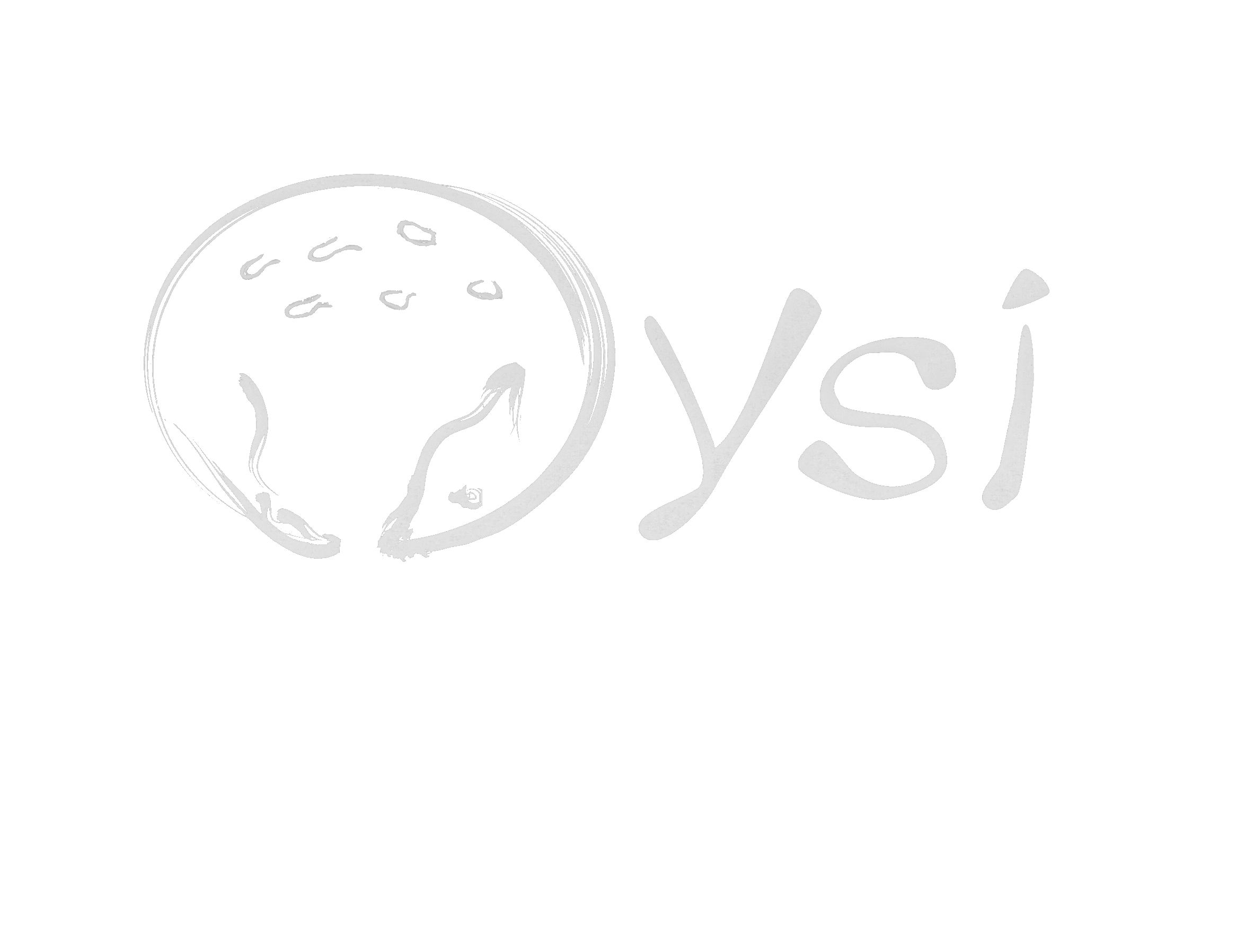Chinear
DESCRIPTION
Share +CHINEAR: in baies chinos, to dance and play the flute simultaneously.
(Needs proper translation)
Instrumental music of chino dance is based on the development of a concept particularly harmonious, vertical, where two seas of sound succeed each other, forming a sound space with a huge range of sounds superimposed.
Instruments used to create this music are the "Chino flutes" or reed woodwinds whose inner tube construction, due to a complex technique allows the performer to issue not only a note but a dissonant chord in each puff. This sound is a key element within the overall framework of the music.
The Chino flute is a tube without fingering holes, blown straight on. The internal diameter of the tube is divided into two sections, leaving between them a break; this conformation makes a sound formed by two fundamental notes and creates a lot of higher highly dissonant harmonics.
The performance of music is given by a group of between 10 and 24 pipers divided into two parallel rows, blowing their instruments together, all in a row first, then all the others as a response, forming an endless succession of two harmonic masses with a steady pace marked by a snare and a drum. The snare drum is located at the center and back, closing the group and the bombo drummer in the middle, between the two rows of pipers.
Each row of flutes is arranged from highest to lowest, ie which are located at the beginning are larger and give a sound of bass ("leading flutes"), and so are decreasing in size up to so-called "flutes anger ", located at the end of the row and give more treble.
The general scheme of the music is maintained for long periods of time between two and four hours or more depending on the route of the procession in the various villages.
It is noteworthy that the musical aesthetic of instrumental music of Chinese dance is absolutely alien and contrary to European, is a manifestation that in the strictly musical, is related to indigenous peoples who inhabited central Chile before arrival of the Spaniards.
The music of Chinese dance is inextricably linked to the dance; the pipers of both rows and the drummer makes a very distinctive dance while playing, consisting of a series of acrobatic jumps and steps that require great physical exertion, stooping and rising continuously for long periods of time. These movements are performed to the rhythm of music coordinated by the drummer.
The "chinear" verb that indicates the joint action of playing and dancing, inserted in a well-defined ritual system, that is, due to its characteristics, a musical manifestation whose structure can induce a change in the state of consciousness (Market 1995-1996 ; Market and Galdames 1997). It is through this shift in consciousness, that all peoples, so-called primitive, have established relationships with their deities. The phenomenon has been extensively studied by several researchers (Rouget and Dobkin de Rios). This shift in consciousness involves a drastic change in the perception of the universe and the relationship established with him. This state of mystical trance allows access to a direct relationship with the divine. In the case of Chinese dances, there are a number of elements that make this ritual is structured to allow this change in perception. These elements are hyperventilation, auditory saturation, rhythmic repetition, physical exertion of the dance and the ringing, continuous and repetitive, psychological pressure, the words of the lieutenant, the significance of the ritual (Mercado 1995).

